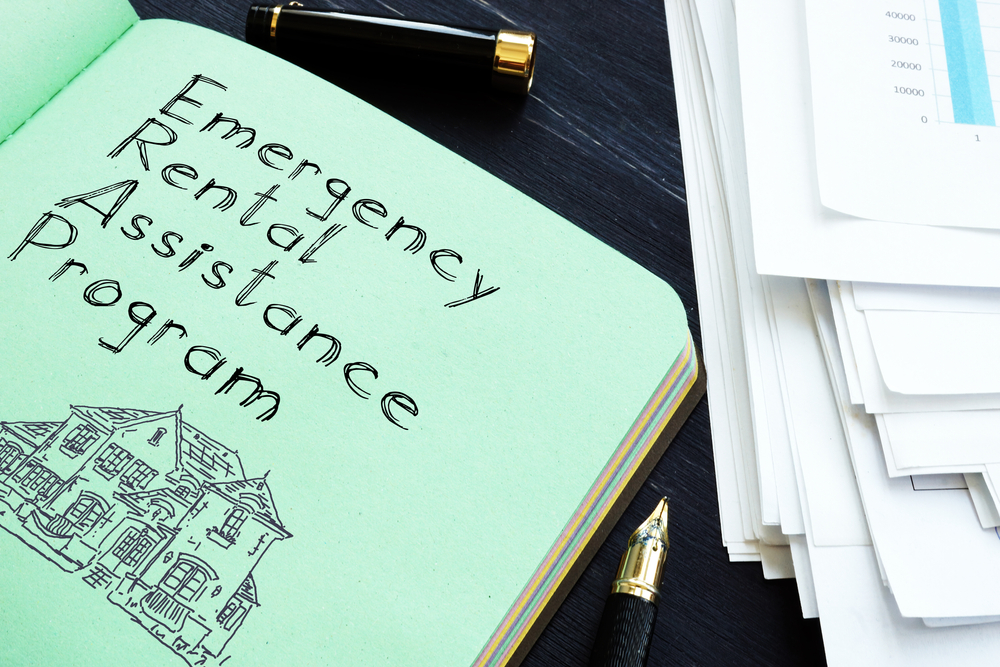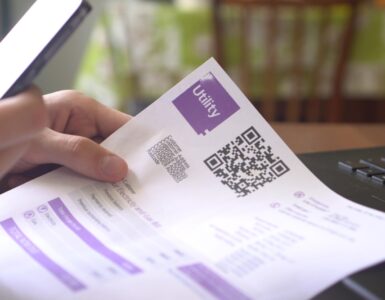If you plan on applying for such assistance right now, here’s what you’ll need to show your eligibility.
If you think all of the pandemic assistance has dried up because stimulus checks, extra unemployment benefits, and eviction moratoriums are gone, think again. The Emergency Rental Assistance (ERA) program from the U.S. Department of Treasury has billions in funding waiting to be distributed, but here’s the main problem: All of that money is split amongst 400-plus local programs. Even worse, many people don’t even know it exists, but now you do.
What does it take to receive some of that ERA funding? You’ll have to show a financial need and that you’re having difficulty paying your landlord due to issues arising from the pandemic and all of the job and income loss it caused. Let’s dive deeper into how you can show that need so you can start getting emergency rent help soon.
Proving Eligibility for the ERA Program
There are four primary requirements you’ll have to meet to get emergency rental assistance due to the pandemic. While the requirements and the necessary proof will differ depending on your local program, here’s what you can probably expect when you start the ERA application process.
1. Showing your rental agreement.
To get emergency rental assistance, you have to prove that you paid rent in the first place. How can you do this? By having a signed rental agreement or a lease that shows where you live and how much you pay the landlord each month.
While you may think everyone has such paperwork, some people do not. If you’re one of them, there are other ways to show you have at least some type of rental agreement in place, such as:
- Check stubs that prove past rent payments.
- Bank statements showing withdrawals or payments to your landlord.
- Utility bills.
If you have none of those pieces of proof, you may get by, depending on your local program, with a statement from your landlord. In some cases, a written statement from yourself may work, but you will be checked on every few months to verify that your situation has not changed and you still need rental assistance.
2. Showing your income below a certain level.
Income plays a significant part too. Your household’s income must sit below a certain level, which your local program will determine. You can prove income with tax returns, pay stubs, a letter from your employer, or unemployment benefits documents.
If you lack that documentation, you may be able to submit a written statement if you have a special situation. For example, if you’re disabled, lack access to technology, your employer is no longer in business, or you have zero income, that may allow you to provide a written statement.
3. Showing financial hardship.
Has one of your household members experienced financial hardship? That will be necessary to qualify, and you can prove it if you owe a large debt, lost income, have past due expenses, are eligible for unemployment, etc.
4. Showing housing instability.
The last piece of the ERA qualifying puzzle is to demonstrate housing instability. If you’re living in unsafe or unhealthy conditions, are close to being evicted, or have past due rent, that could be enough to show housing instability so you can receive emergency rental assistance.
Now that you see what it takes to qualify for the ERA program, go here to find your local office so you can apply.




